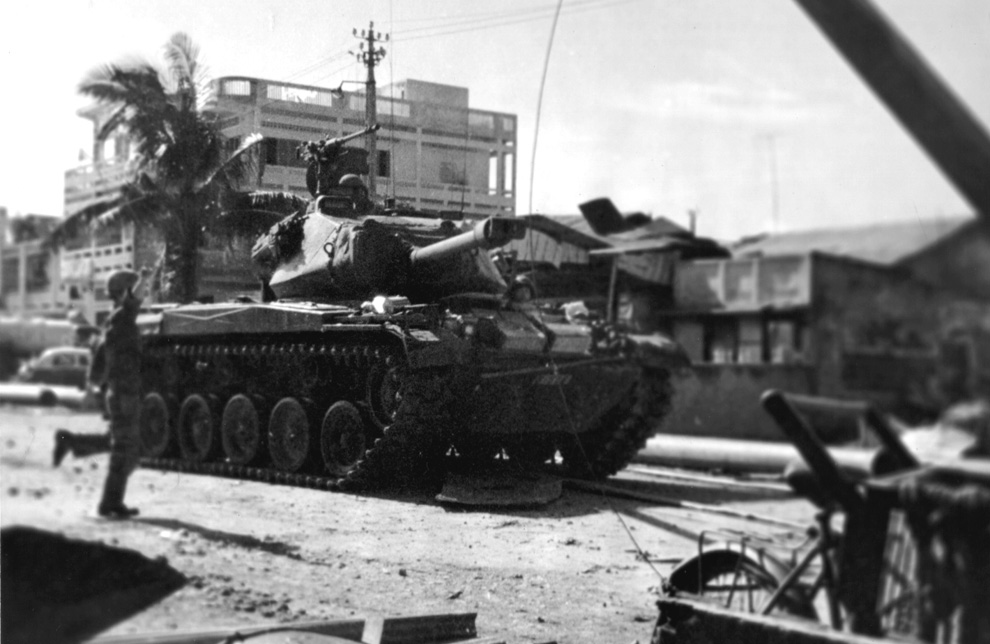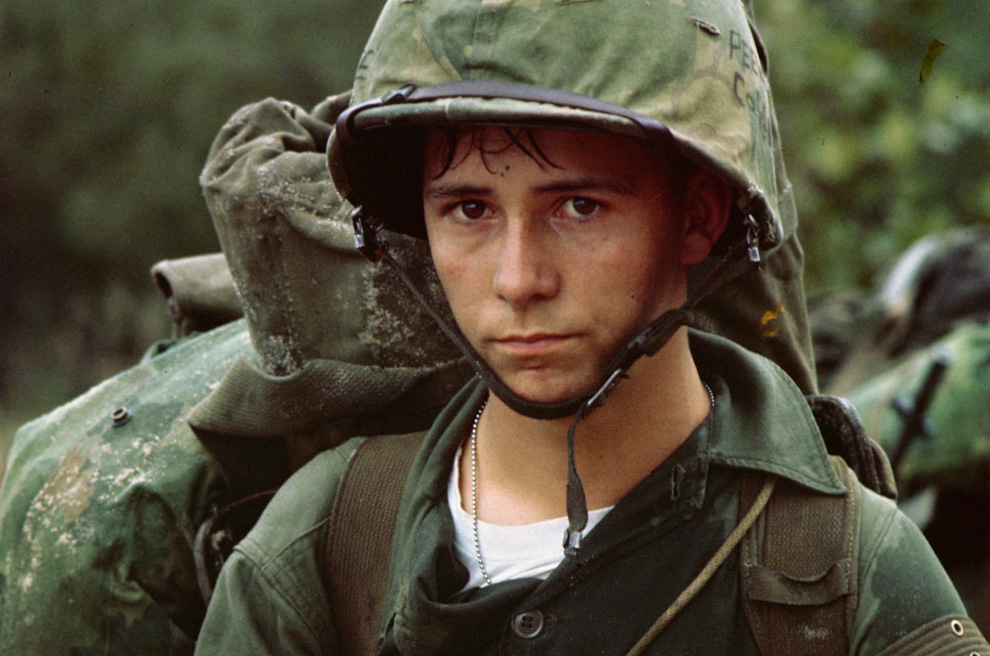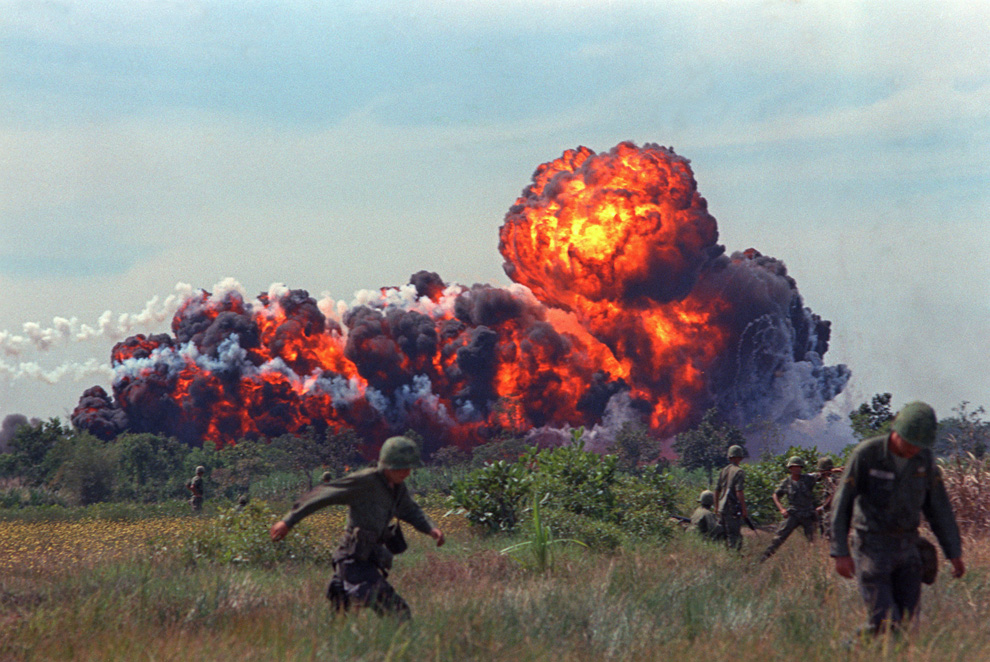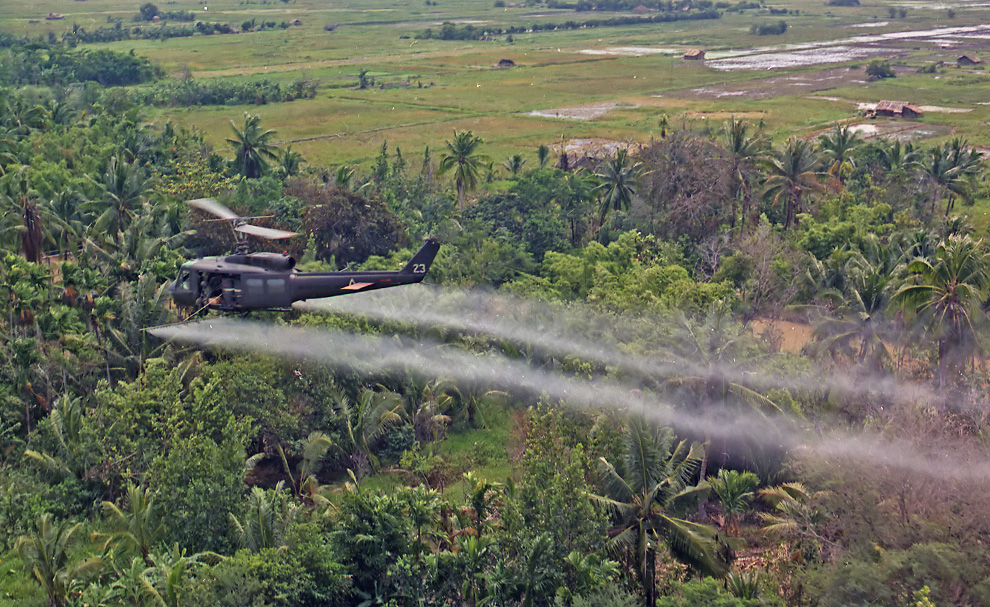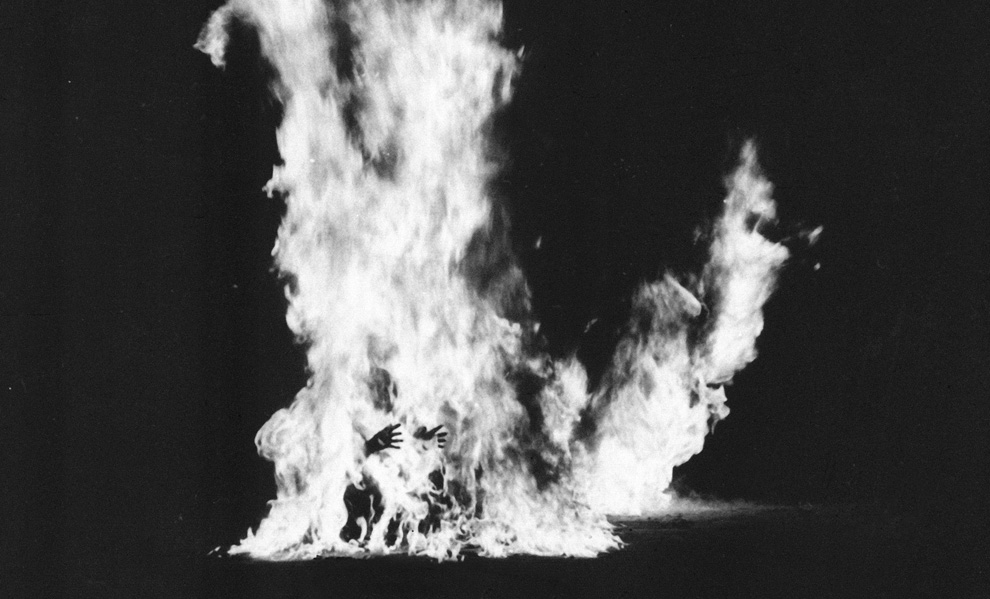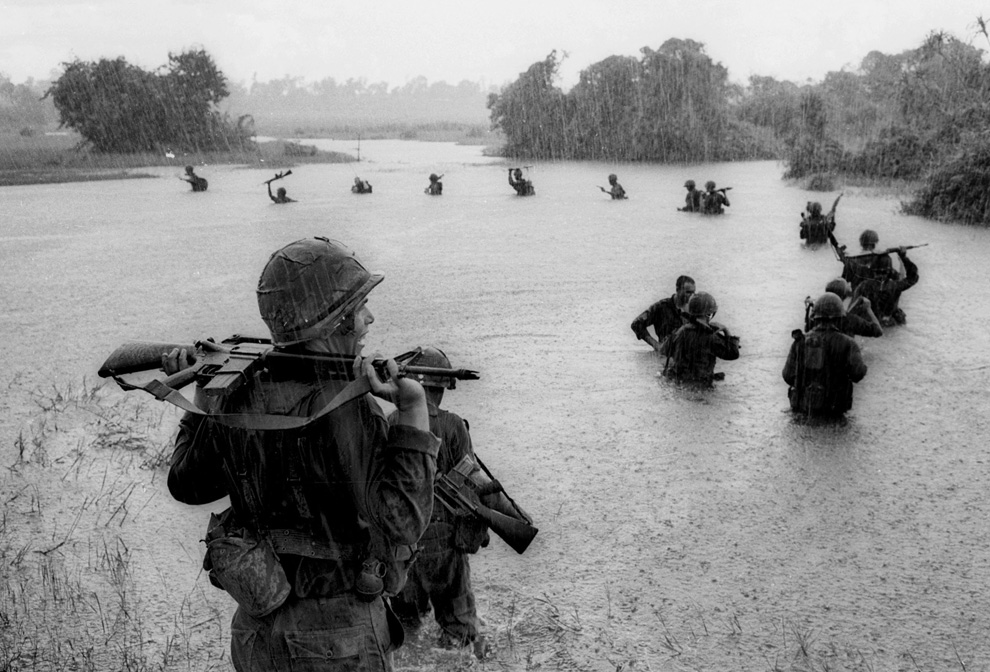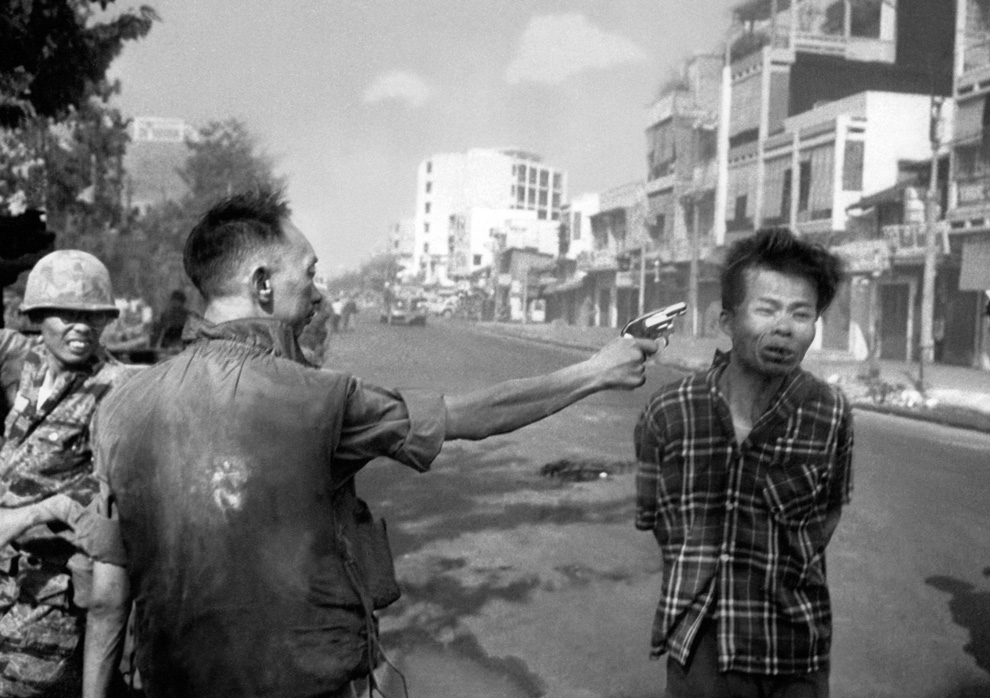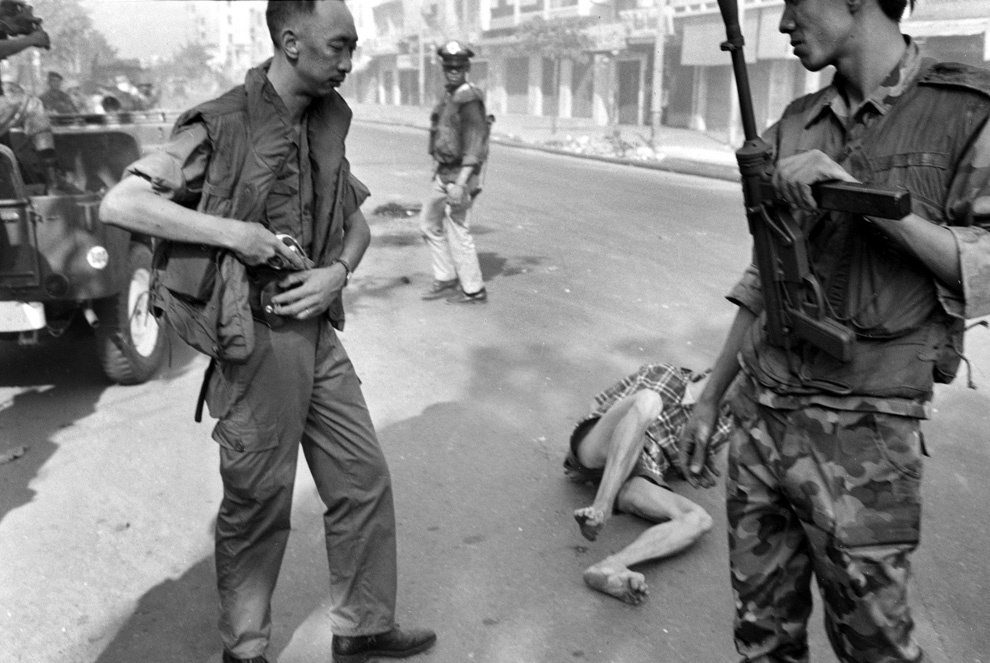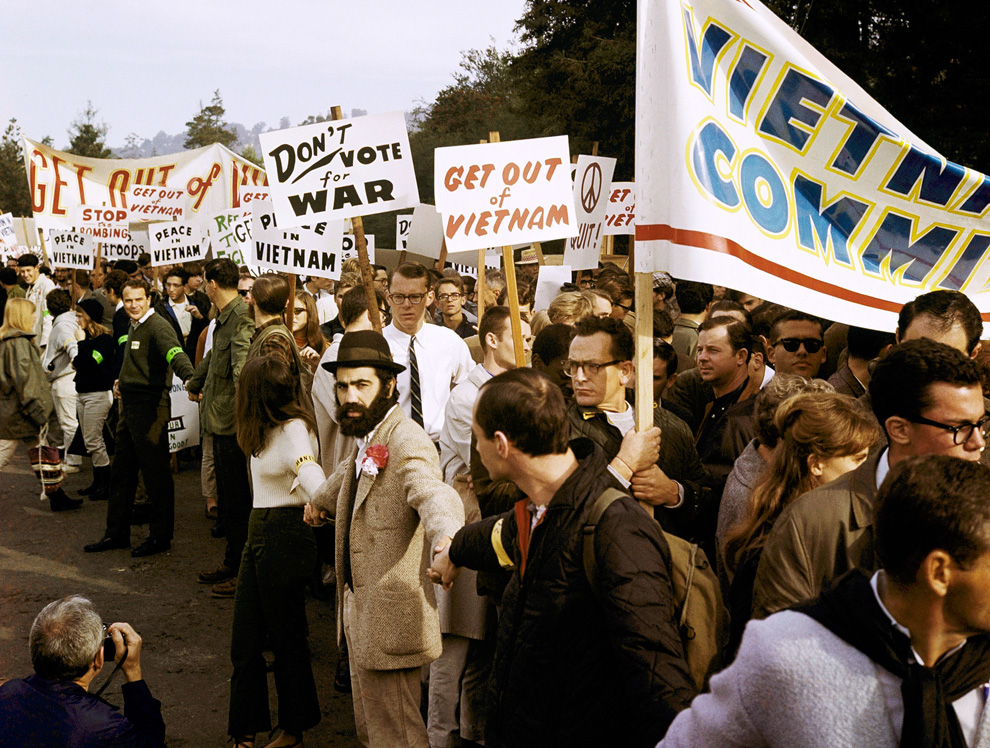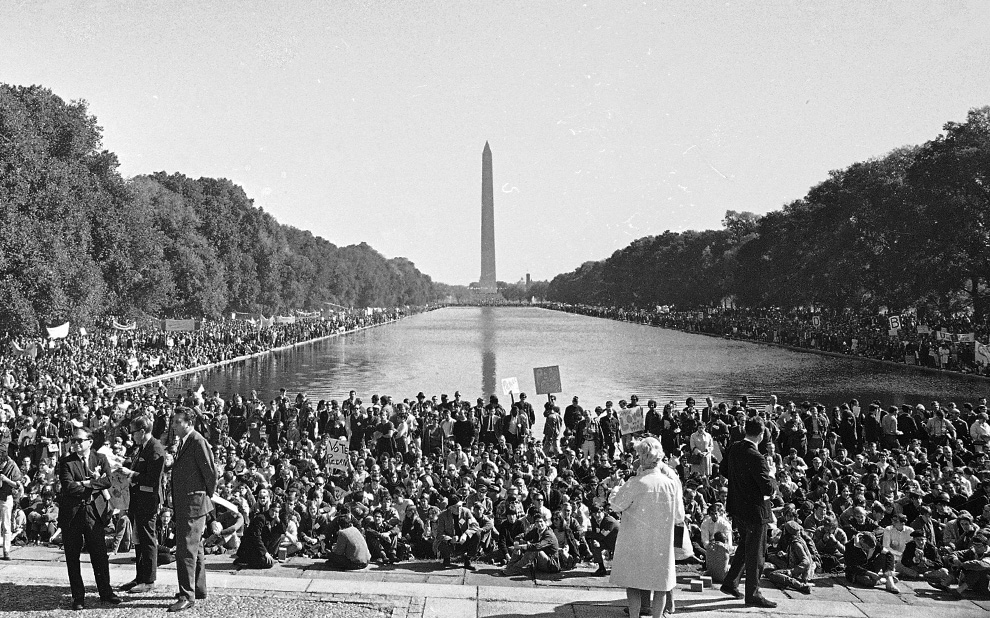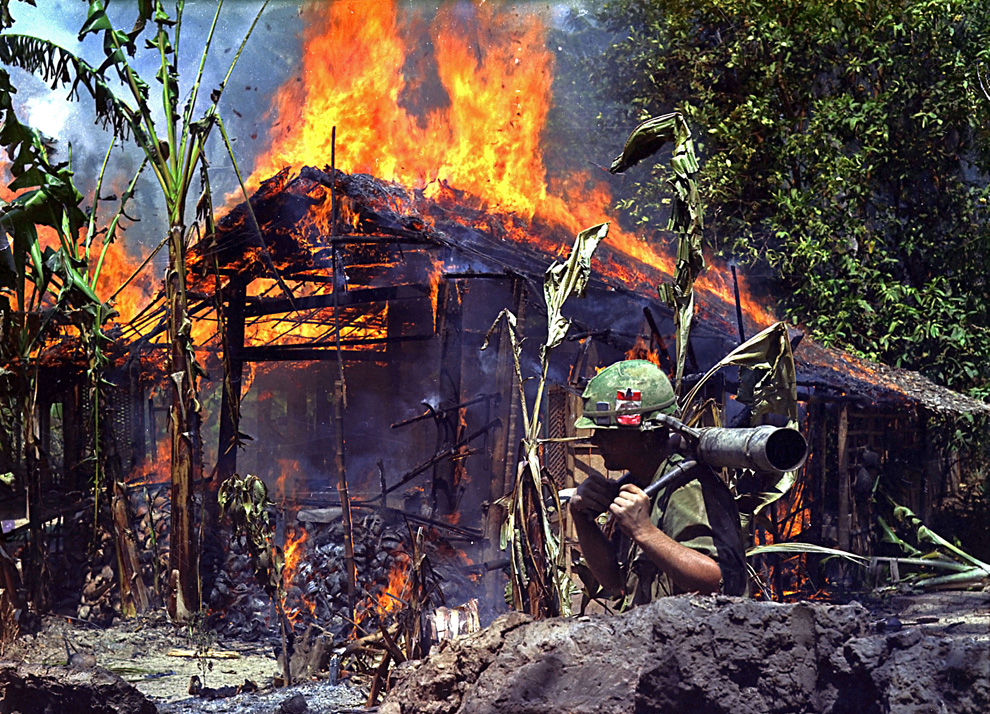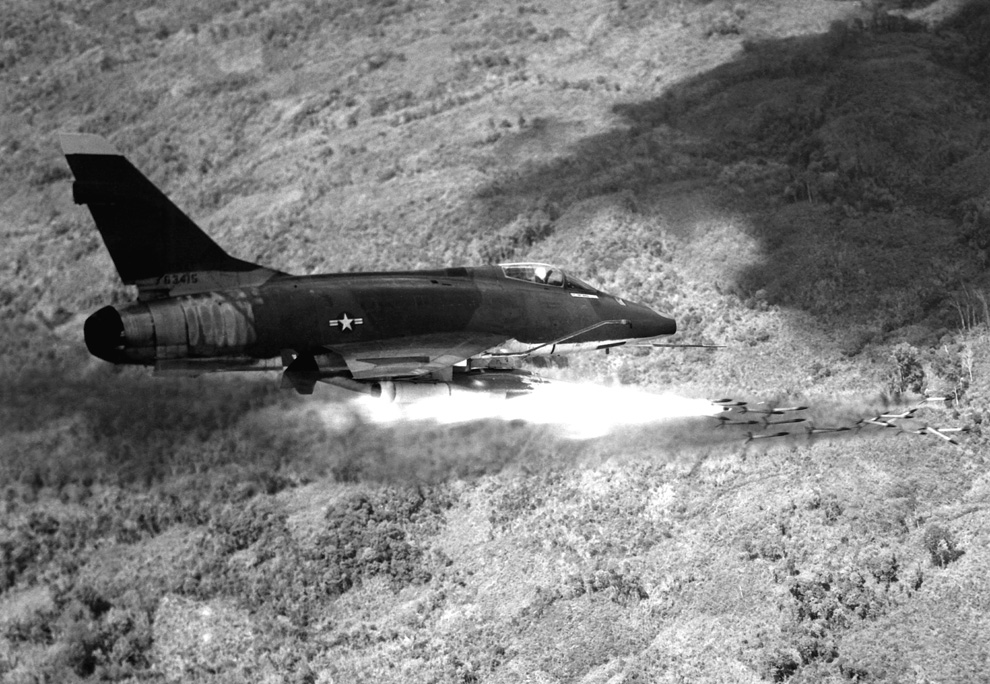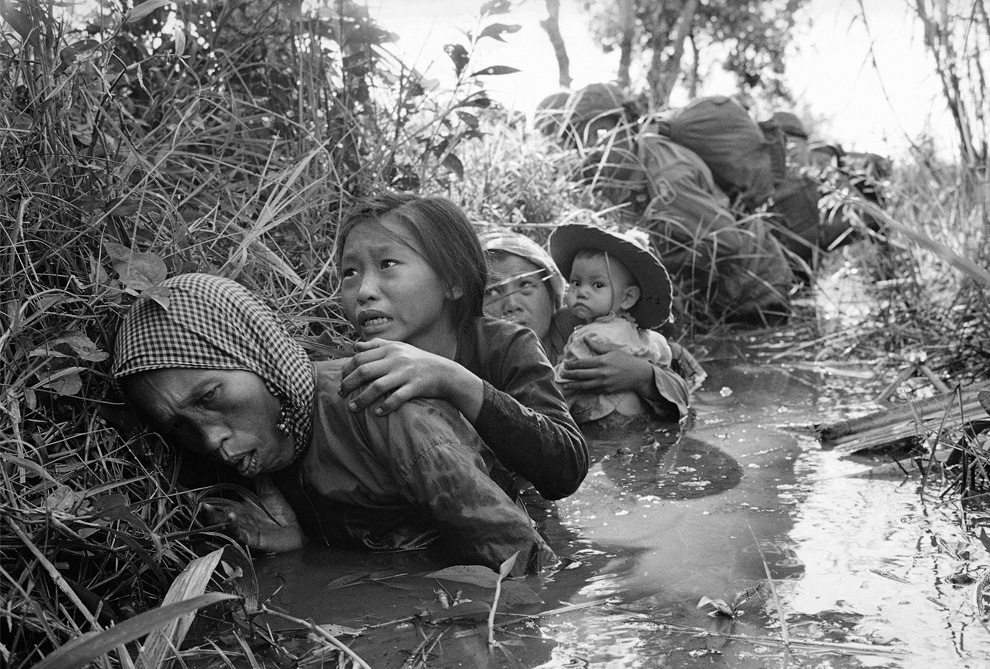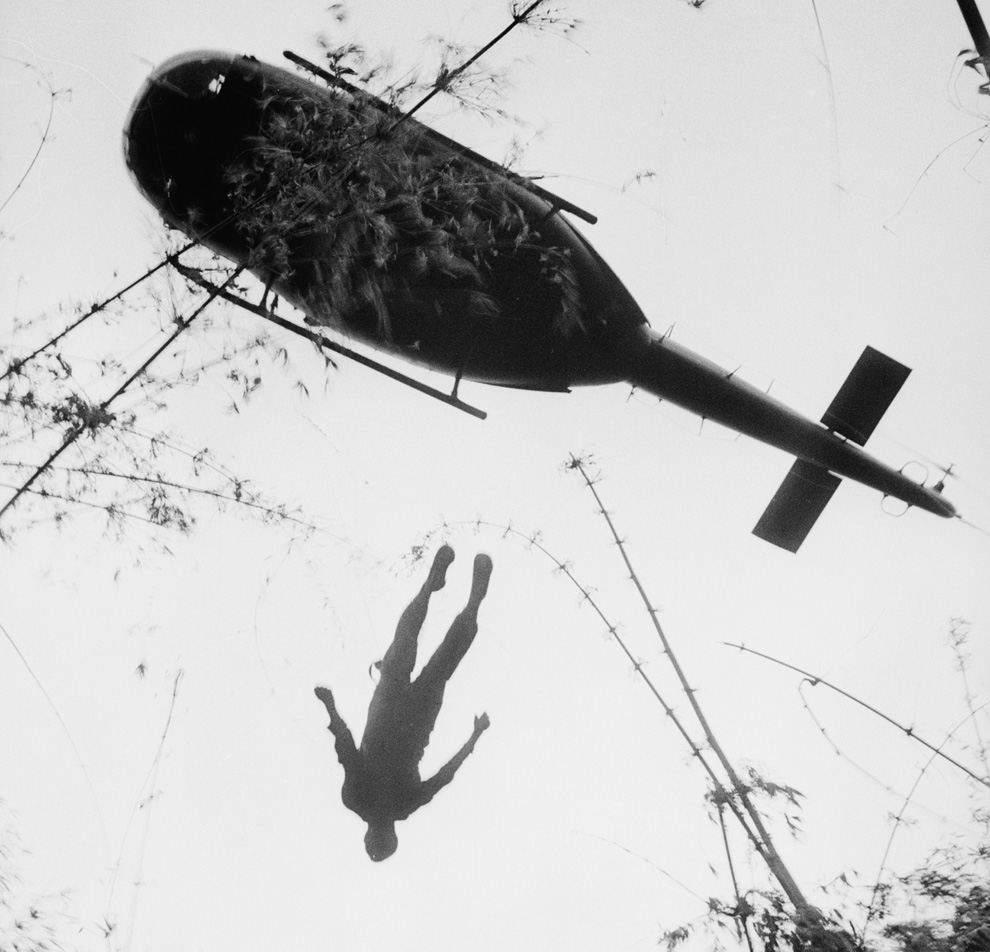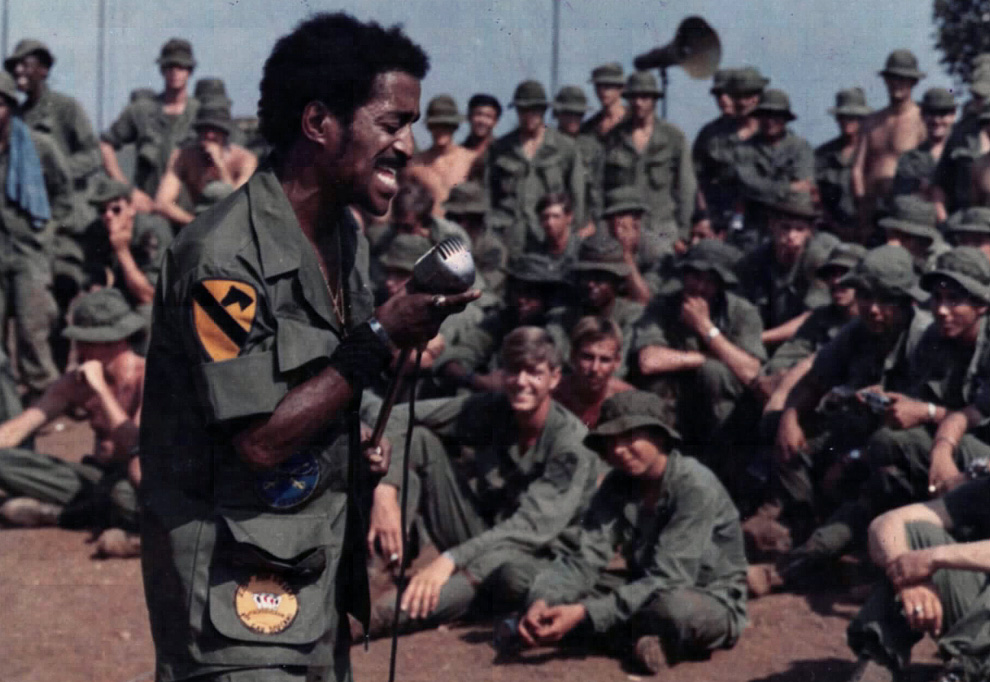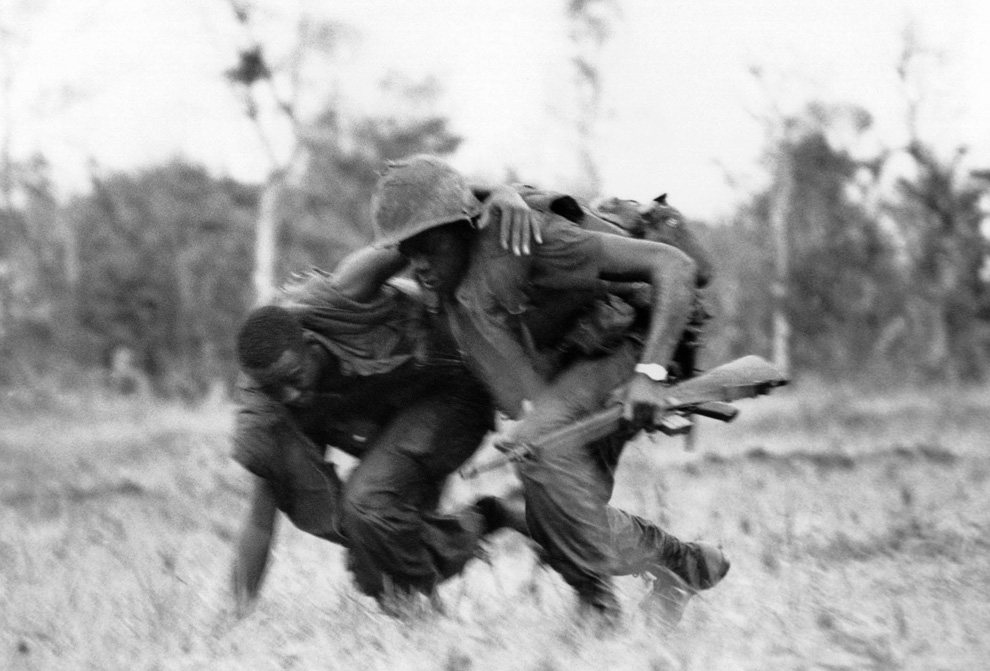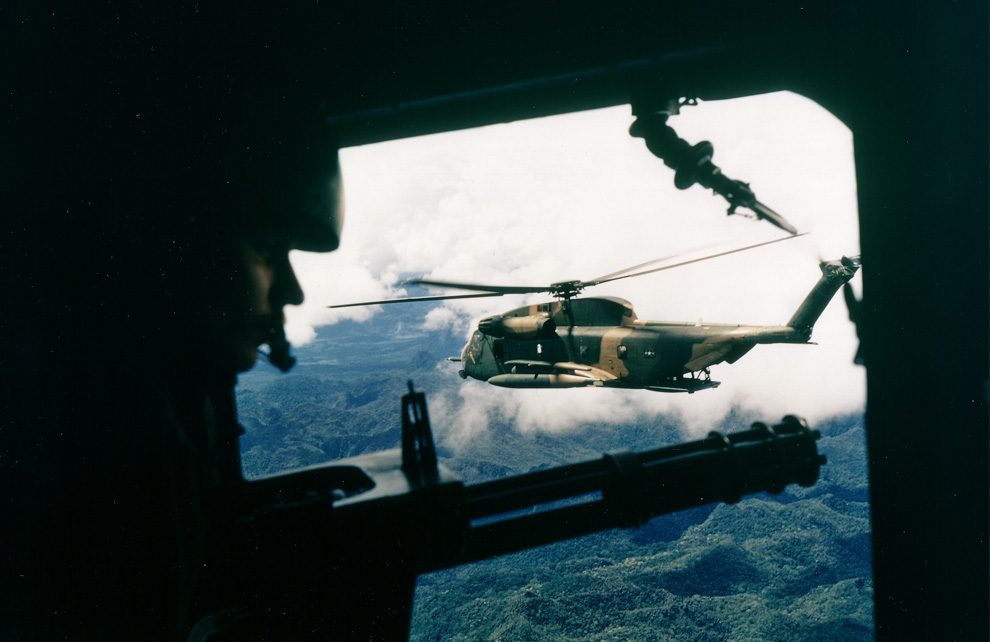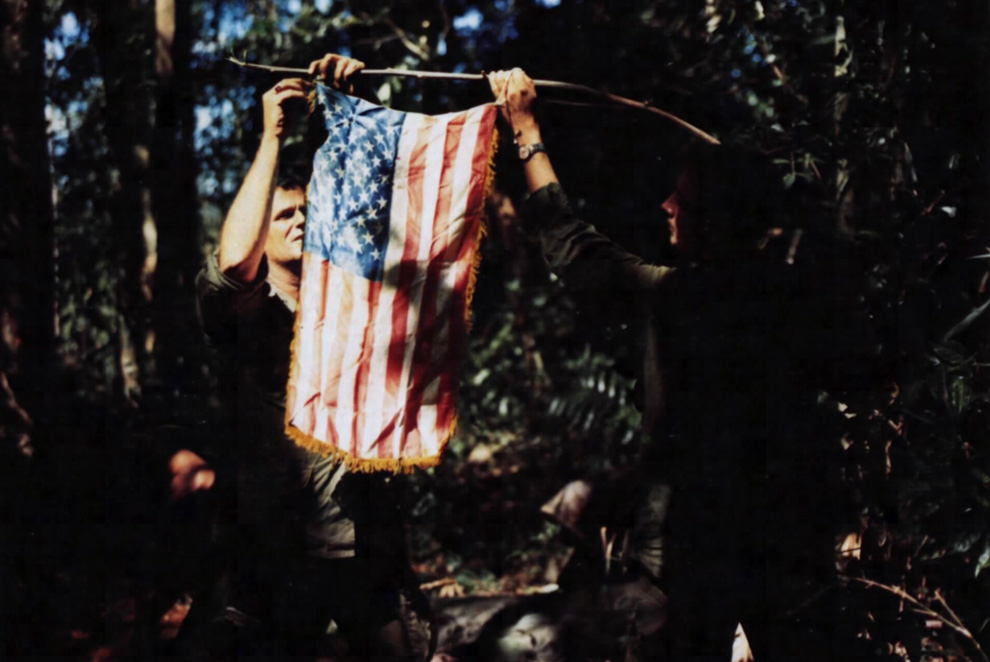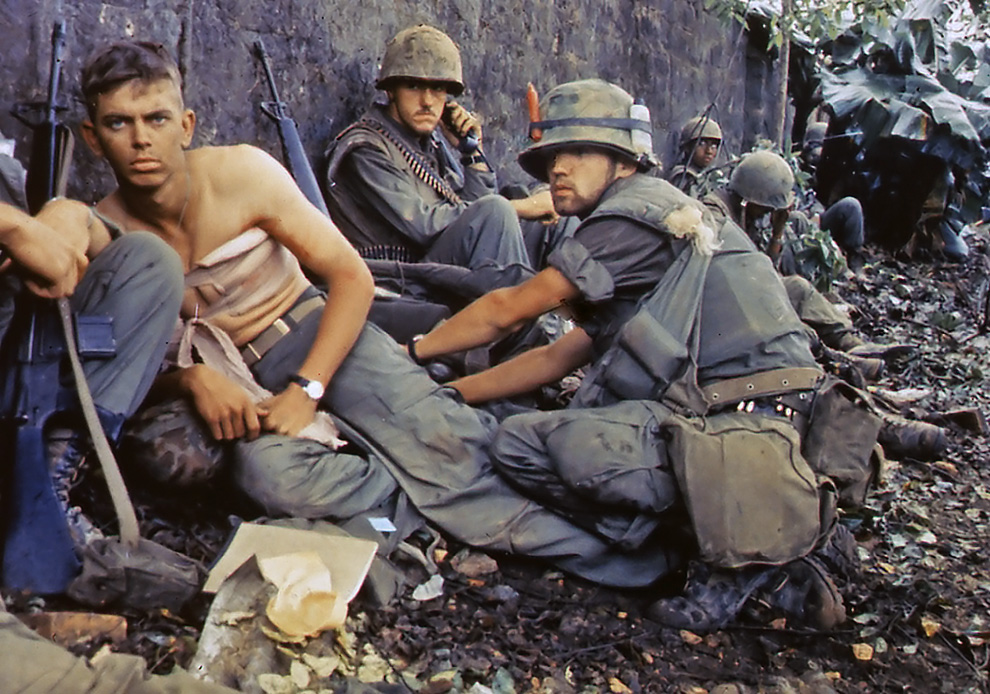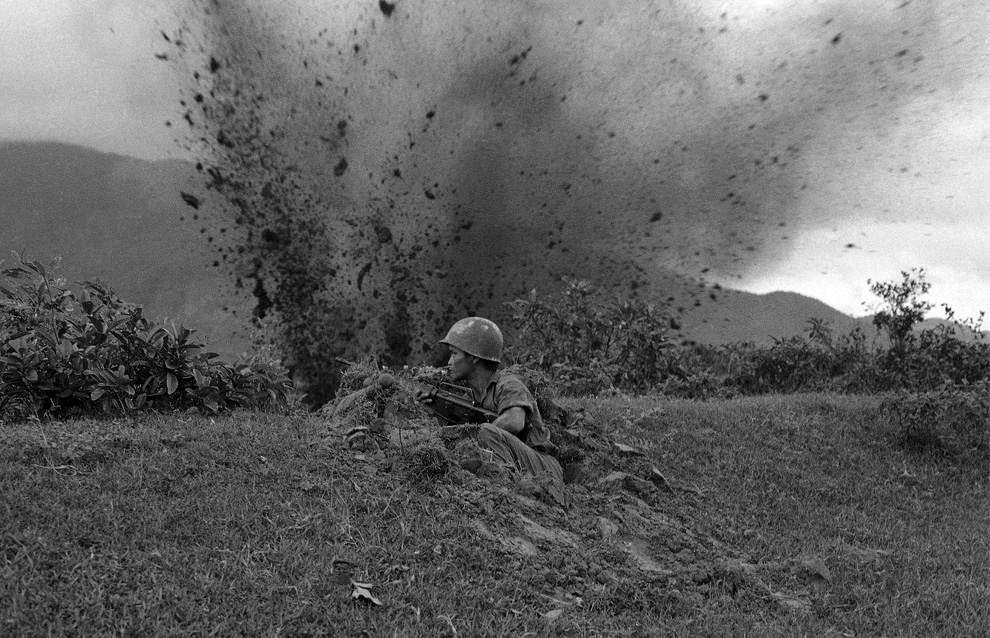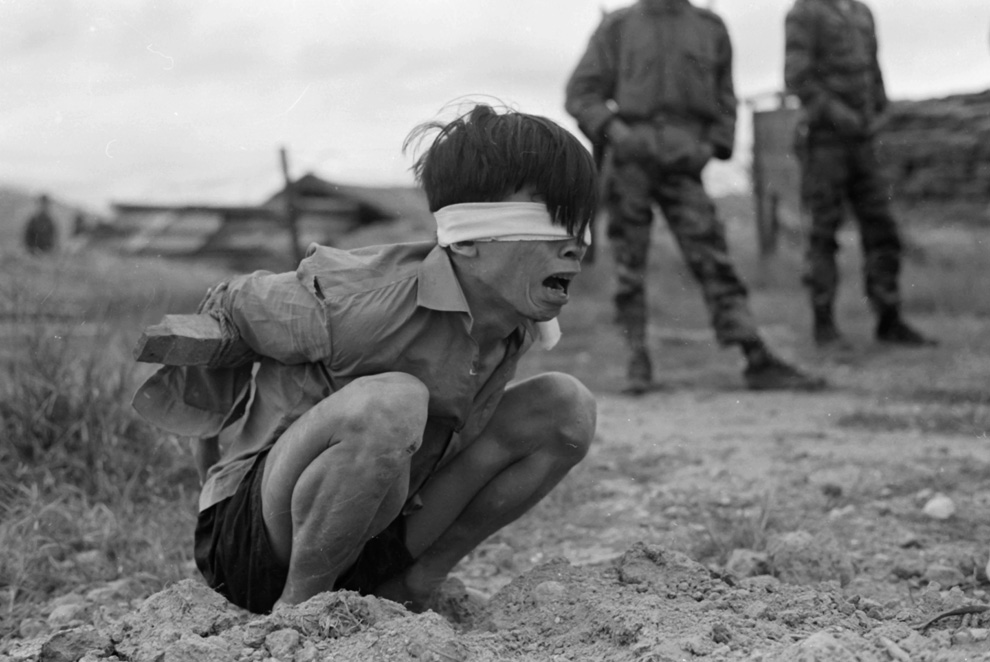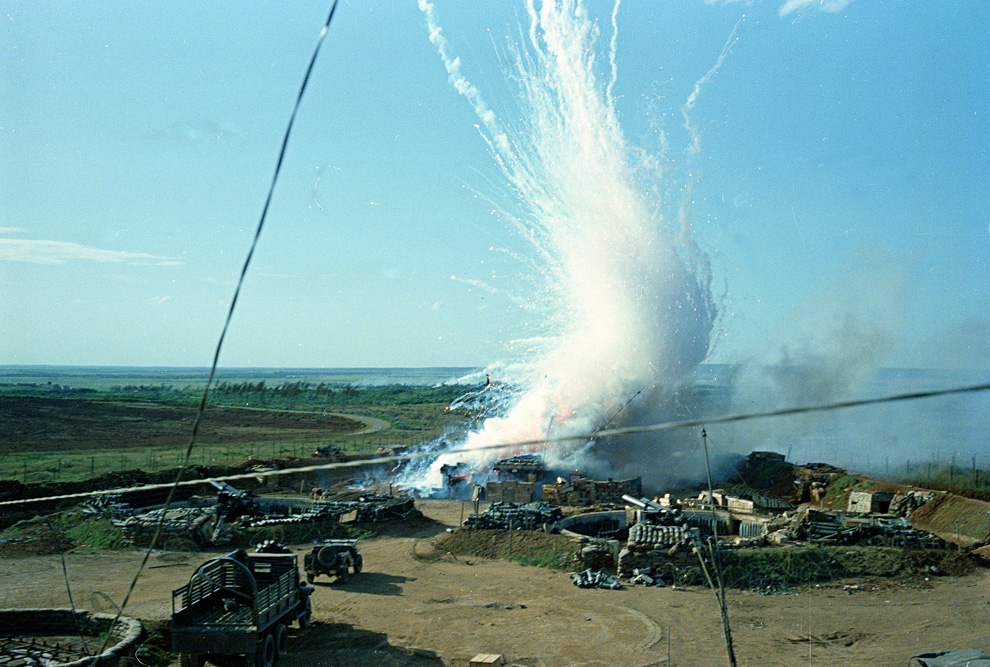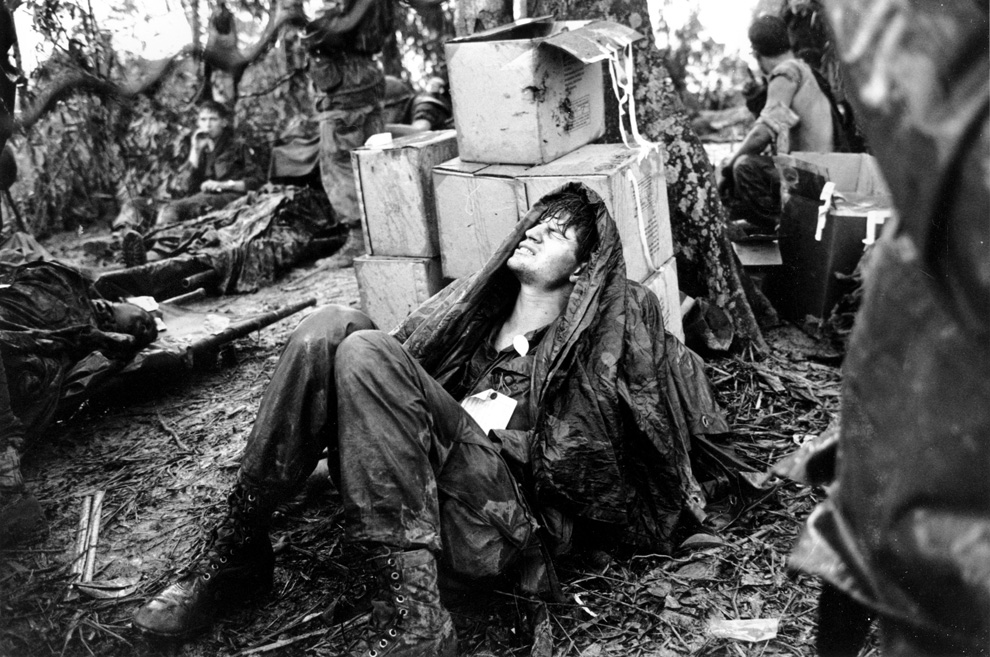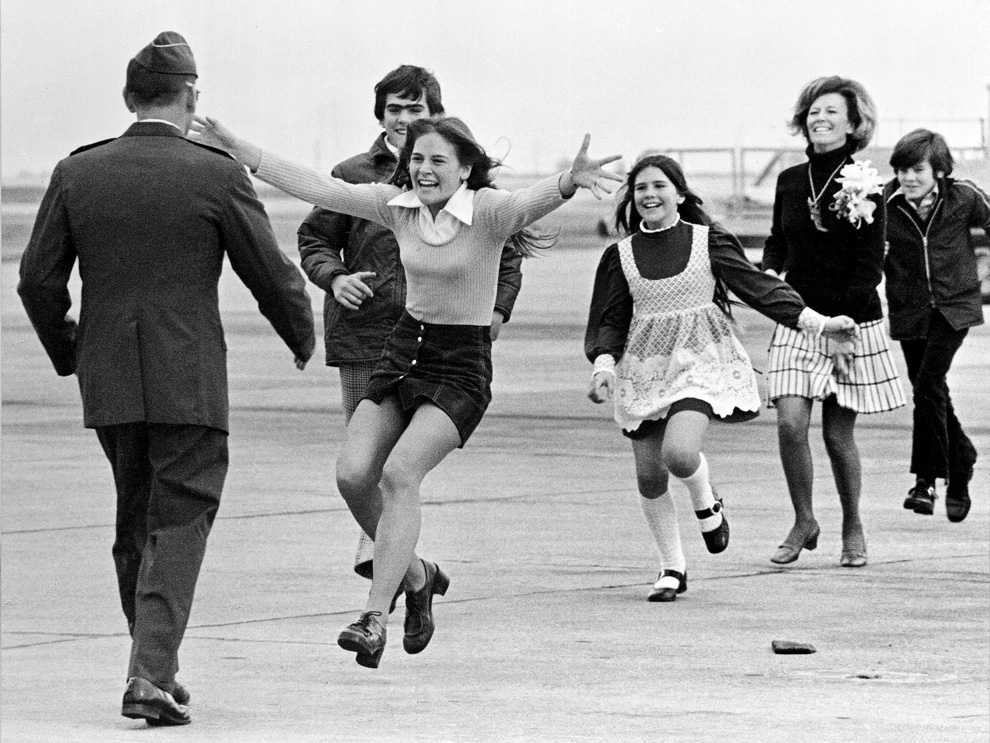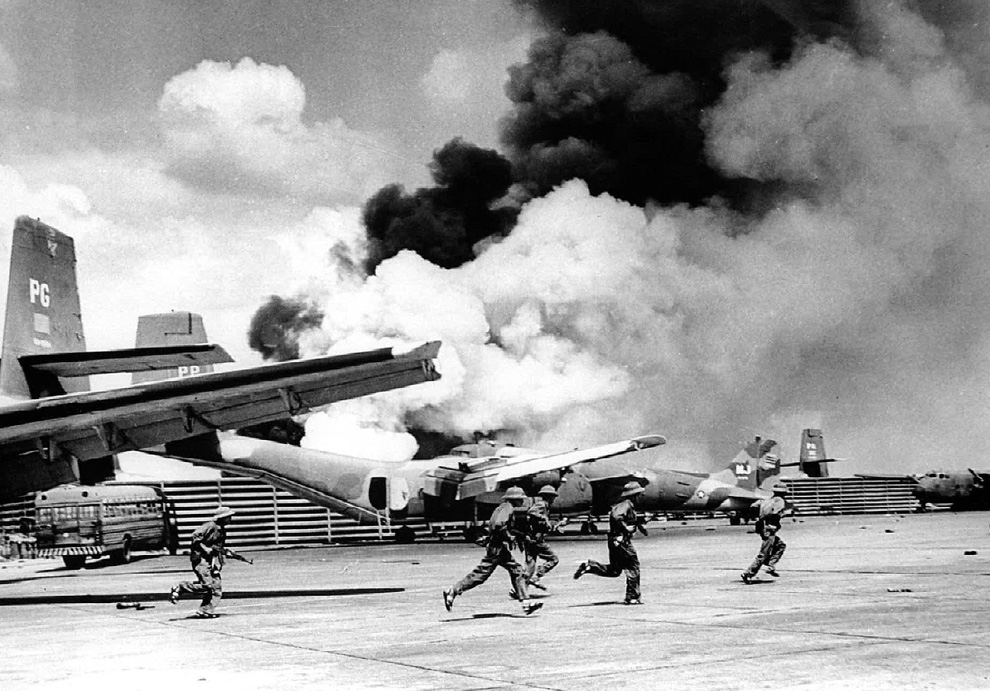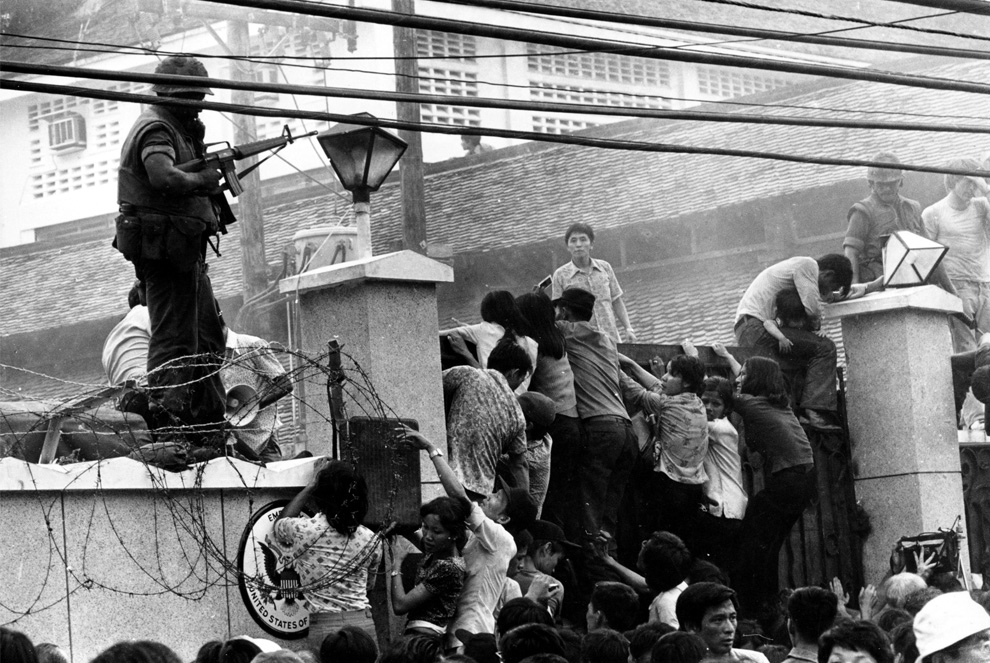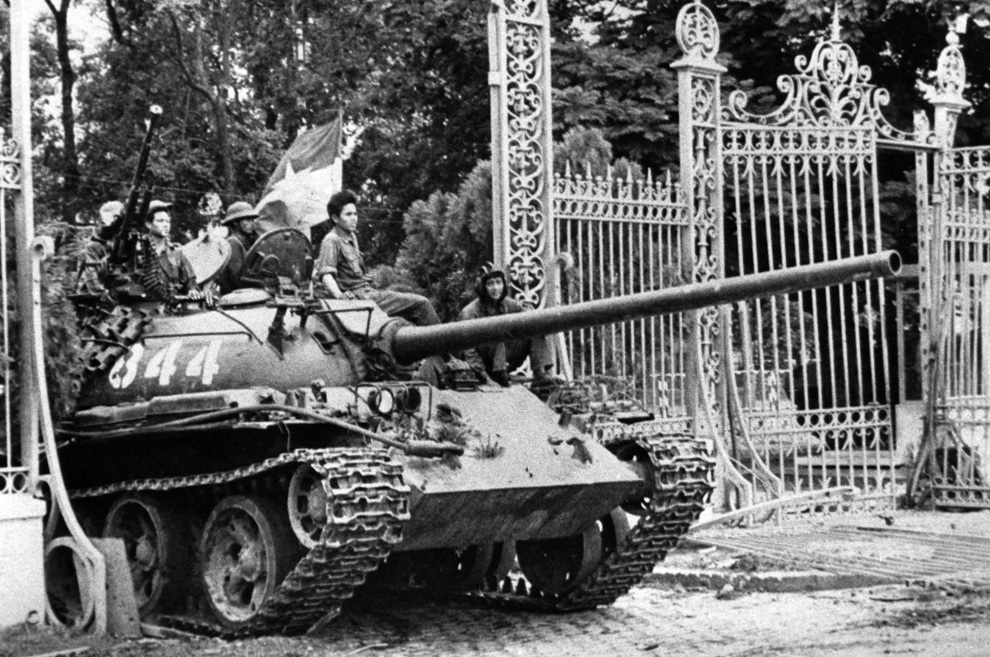Bài báo Mỹ ghi là Việt Nam, 35 năm sau, nhưng tôi nhìn hình của 35 năm trước, nơi ấy ngày ấy báo chí VN ngày nay chỉ nói đến thương đau của Miền Bắc bị bom Mỹ, nhưng không thây nói đến chiến tranh bom đạn của Miền Bắc bắn vào Miền Nam, không thấy nói những cuộc khủng bố bom đạn vào người dân miền Nam, lính Mỹ có thể chết ở chiến trường, nhưng người dân Miền Nam ở thành phố, trên xe đò, xe lửa bị bom đạn của miền Bắc "giải phóng" thì không hề thấy nhắc đến, lính VNCH có bao giờ ra Bắc gây tử vong cho đồng bào Miền Bắc không? Thế đấy lịch sử chỉ có đối với kẻ thắng trận, và 35 năm rồi vẫn chưa thấy ai trong lãnh đạo nói một lời an ủi. Có ai hỏi người dân Miền Nam có muốn "giải phóng" không? Có hỏi người bỏ nước ra đi thật sự tại sao họ bỏ nước ra đi mà trong chiến tranh có bao nhiêu triệu người bỏ nước ra đi ? Câu hỏi ấy phải dành cho thế hệ sau tìm câu trả lời, phải chăng?
Vietnam, 35 years later
Last Friday, April 30th, was the 35th anniversary of the Fall of Saigon and the end of the Vietnam War, and last Tuesday, May 4th, was the 40th anniversary of the shooting of protesting students at Kent State University. The Vietnam War and America's involvement in it affected the lives of millions for well over a decade, exacting a massive human cost with millions of deaths and countless injuries - both physical and mental - that plague many of those involved to this day. United States military involvement and troop strength grew rapidly after 1964 - at its highest level in 1968, with over 500,000 troops on the ground. The Vietnam Veterans Memorial in Washington, D.C. now bears the engraved names of 58,267 of those troops. It's nearly impossible to encapsulate an event of such scale in a handful of photographs, but here, 35 years after the end of the conflict, is my attempt. (47 photos total)

Hovering U.S. Army helicopters pour machine gun fire into a tree line to cover the advance of South Vietnamese ground troops in an attack on a Viet Cong camp 18 miles north of Tay Ninh, northwest of Saigon near the Cambodian border, in Vietnam on March 1965. (AP Photo/Horst Faas)
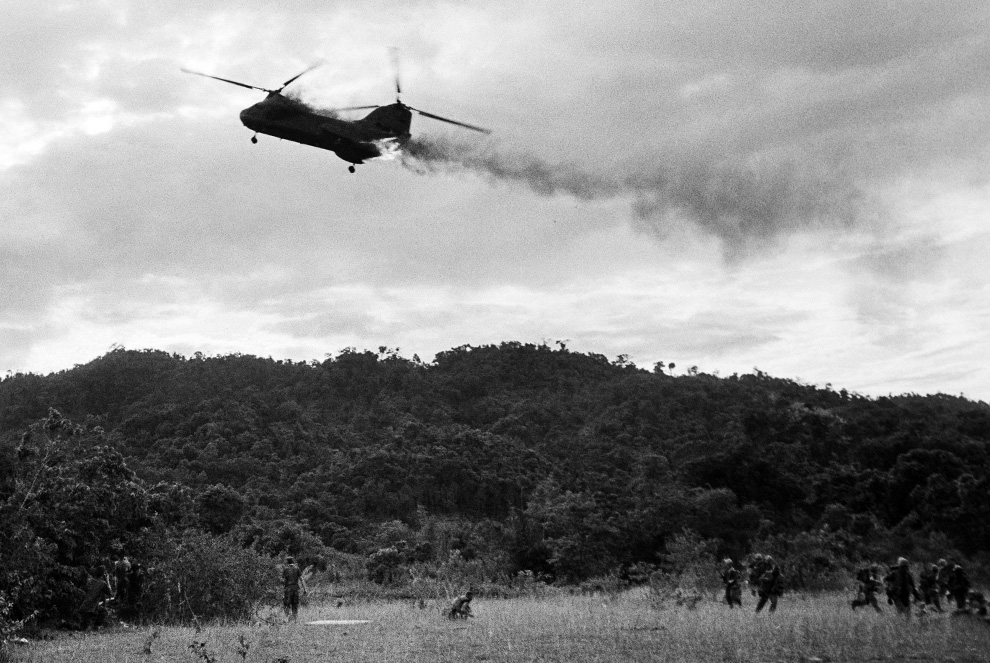
A U.S. Marine CH-46 Sea Knight helicopter comes down in flames after being hit by enemy ground fire during Operation Hastings, just south of the Demilitarized Zone between North and South Vietnam on July 15, 1966. The helicopter crashed and exploded on a hill, killing one crewman and 12 Marines. Three crewman escaped with serious burns. (AP Photo/Horst Faas) #
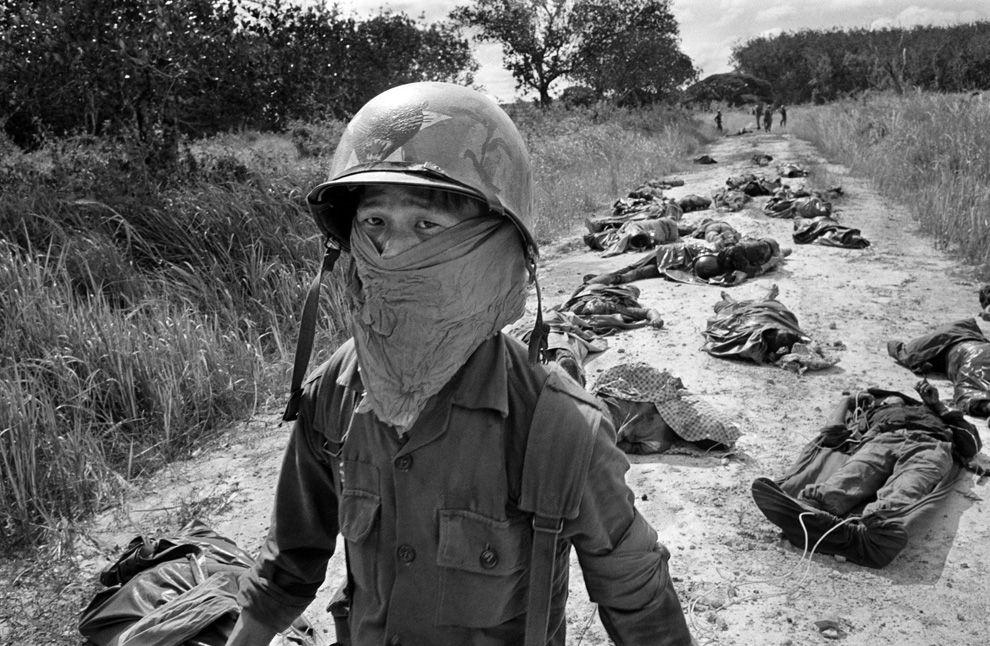
A Vietnamese litter bearer wears a face mask to keep out the smell as he passes the bodies of U.S. and Vietnamese soldiers killed in fighting against the Viet Cong at the Michelin rubber plantation, about 45 miles northeast of Saigon, Nov. 27, 1965. More than 100 bodies were recovered after a human wave assault by guerrillas. (AP Photo/Horst Faas) #
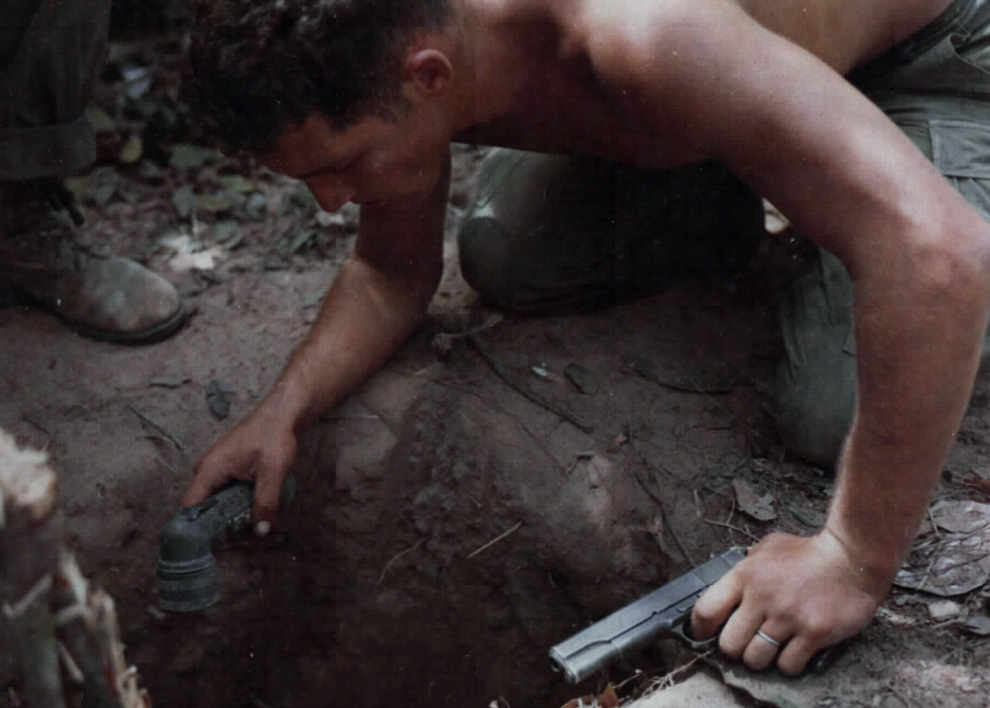
Sgt. Ronald A. Payne, from Atlanta, Georgia, Squad Leader of Company A, 1st Bn, 5th Infantry, 25th Infantry Division, checks a tunnel entrance carrying a flashlight and a sidearm, before entering it to search for Viet Cong and their equipment during Operation "Cedar Falls" in the Ho Bo Woods, 25 miles north of Saigon on January 24th, 1967. (US Department of Defense/SP5 Robert C. Lafoon, US Army Sp Photo Det Pac) #
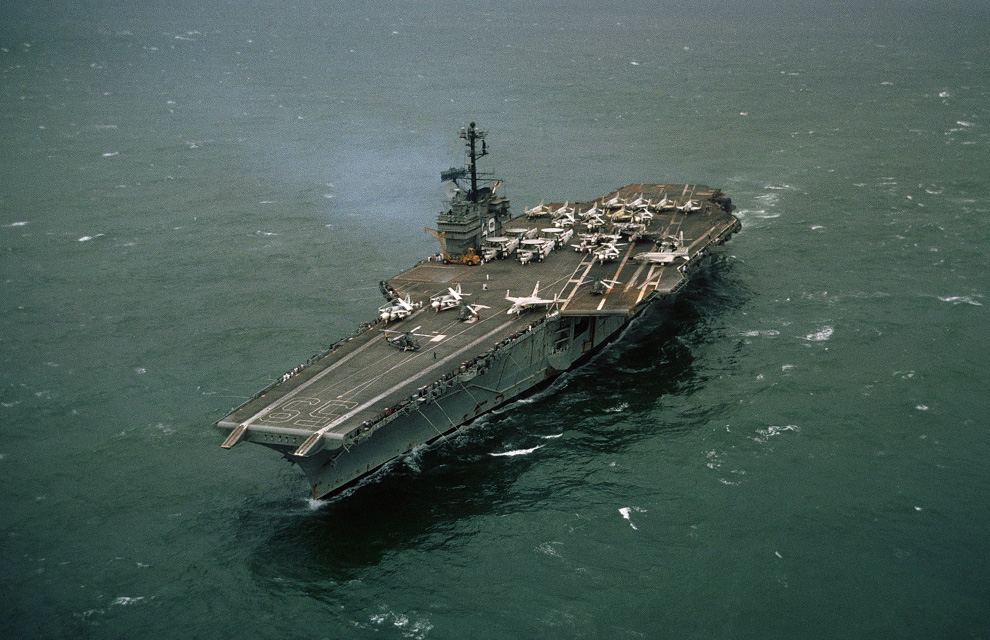
An aerial port bow view of the Forrestal Class Aircraft Carrier, USS Forrestal, underway approximately one month after fires and explosions damaged the ship leaving 132 crewmen dead, 62 injured, and two missing and presumed dead while on duty in waters off Vietnam in July of 1967. (U.S. Navy/PHC H.L. WISE)#
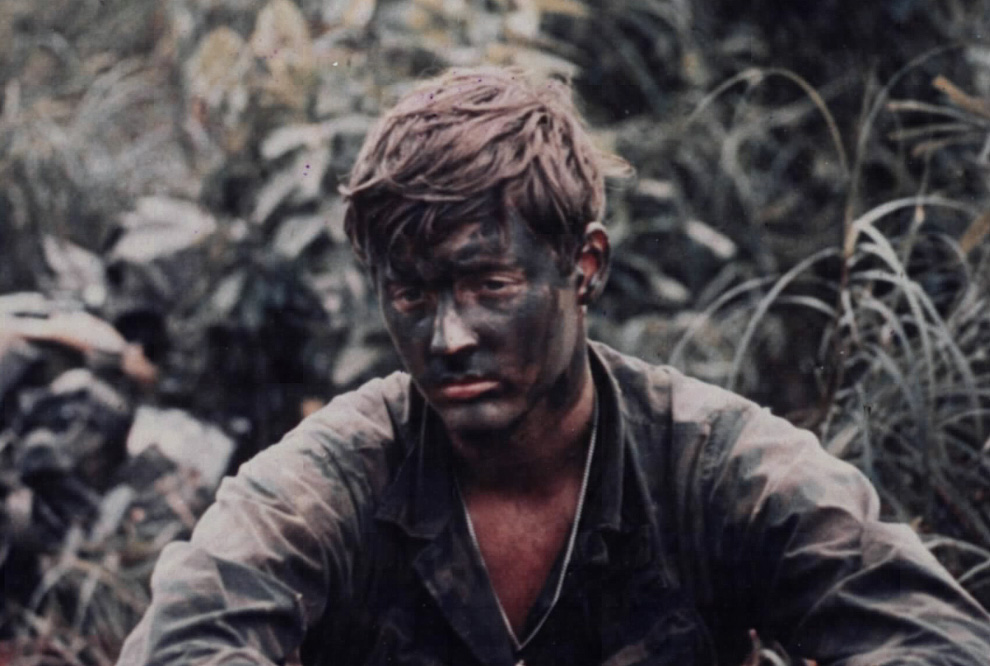
During Operation "Bushmaster", a member of Company "L", (Ranger), 75th Infantry, wearing camouflage makeup sits alone with his thoughts while waiting to participate in an assault mission against North Vietnamese Army (NVA) forces in Vietnam in August of 1971. (US Department of Defense/SP4 John L. Hennesey, 221st Sig Co) #

A supply helicopter comes in for a landing on a hilltop forming part of Fire Support Base 29, west of Dak To in South Vietnam's central highlands on June 3, 1968. Around the fire base are burnt out trees caused by heavy air strikes from fighting between North Vietnamese and American troops. (AP Photo) #
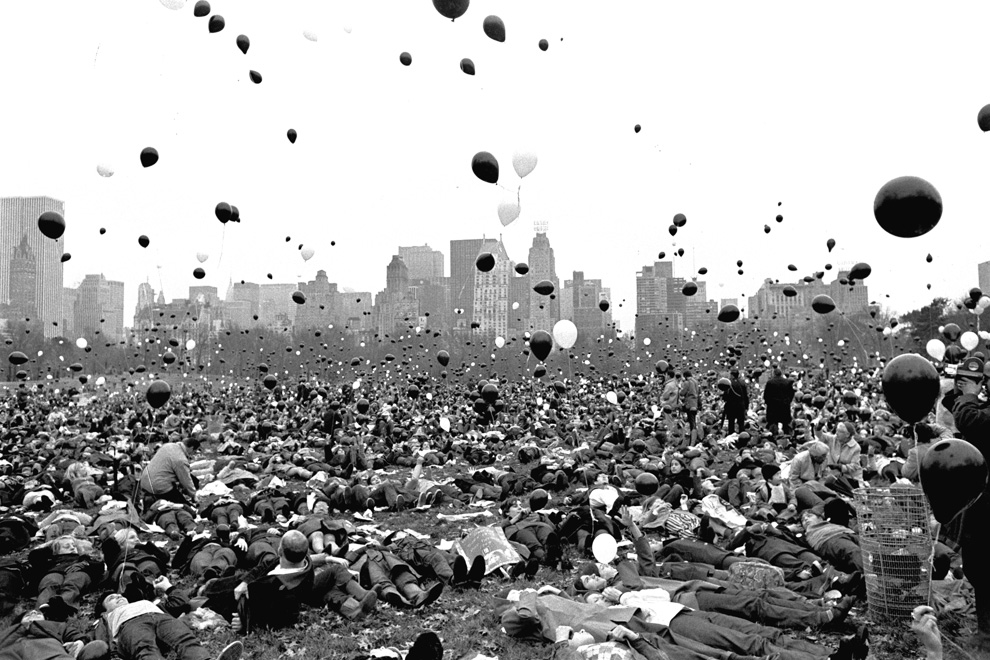
Supporters of the Vietnam moratorium lie in the Sheep Meadow of New York's Central Park Nov. 14, 1969 as hundreds of black and white balloons float skyward. A spokesman for the moratorium committee said the black balloons represented Americans who died in Vietnam under the Nixon administration, and the white balloons symbolized the number of Americans who would die if the war continued. (AP Photo/J. Spencer Jones) #
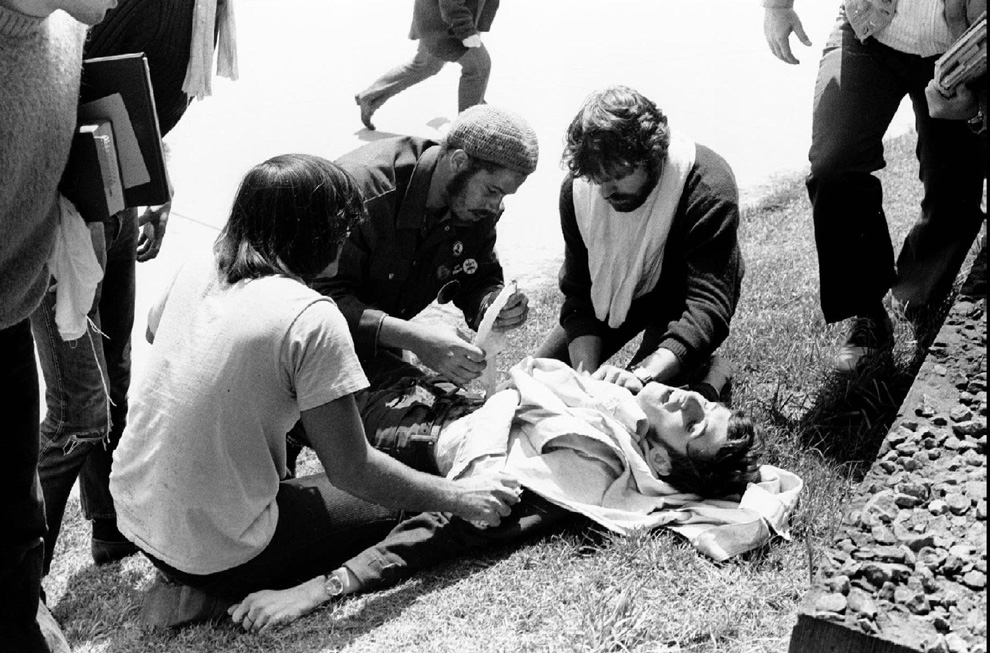
Demonstrators tend to fallen student John Cleary after he was shot and wounded by the Ohio National Guard on the campus of Kent State University May 4 1970. He survived. Four students were killed and nine wounded during a demonstration against the expansion of the war in Vietnam into Cambodia. (KSU Photo by Doug Moore/REUTERS) #
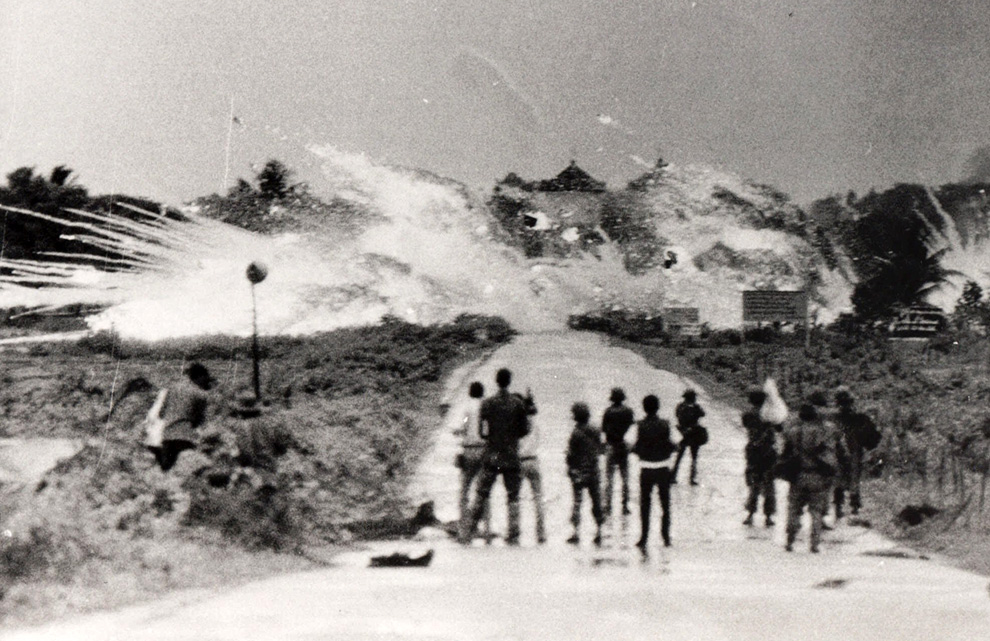
(1 of 3) Bombs with a mixture of napalm and white phosphorus jelly dropped by Vietnamese AF Skyraider bombers explode amidst homes and in front of the Cao Dai temple in the outskirts of Trang Bang, June 8, 1972. In the foreground are Vietnamese soldiers and news and cameramen from various international news organizations who watch the scene. The towers of the Trang Bang Cao Dai temple are visible in the center of the explosions. (AP Photo/Nick Ut) #
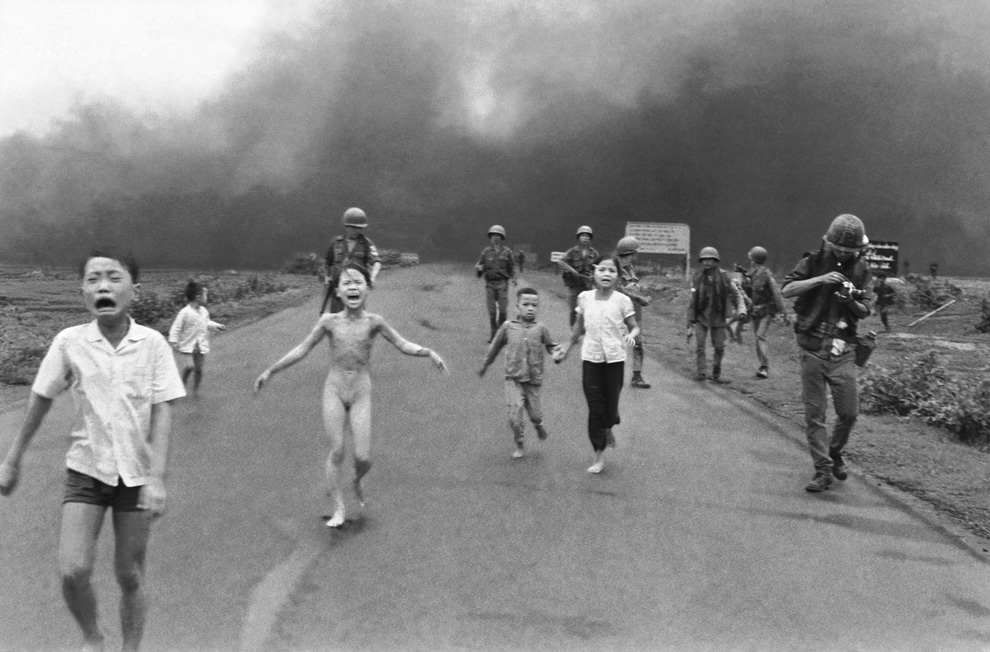
(2 of 3) South Vietnamese forces follow after terrified children, including 9-year-old Kim Phuc (center left), as they run down Route 1 near Trang Bang after an aerial napalm attack on suspected Viet Cong hiding places, June 8, 1972. A South Vietnamese plane accidentally dropped its flaming napalm on South Vietnamese troops and civilians. The terrified girl had ripped off her burning clothes while fleeing. The children from left to right are: Phan Thanh Tam, younger brother of Kim Phuc, who lost an eye, Phan Thanh Phouc, youngest brother of Kim Phuc, Kim Phuc, and Kim's cousins Ho Van Bon, and Ho Thi Ting. Behind them are soldiers of the Vietnam Army 25th Division. (AP Photo/Nick Ut) #

(3 of 3) Television crews and South Vietnamese troops surround 9 year old Kim Phuc on Route 1 near Trang Bang after she was burned by a misdirected aerial napalm attack, June 8, 1972. A South Vietnamese plane targeting suspected Viet Cong positions dropped its flaming napalm on the civilian village. (AP Photo/Nick Ut) #
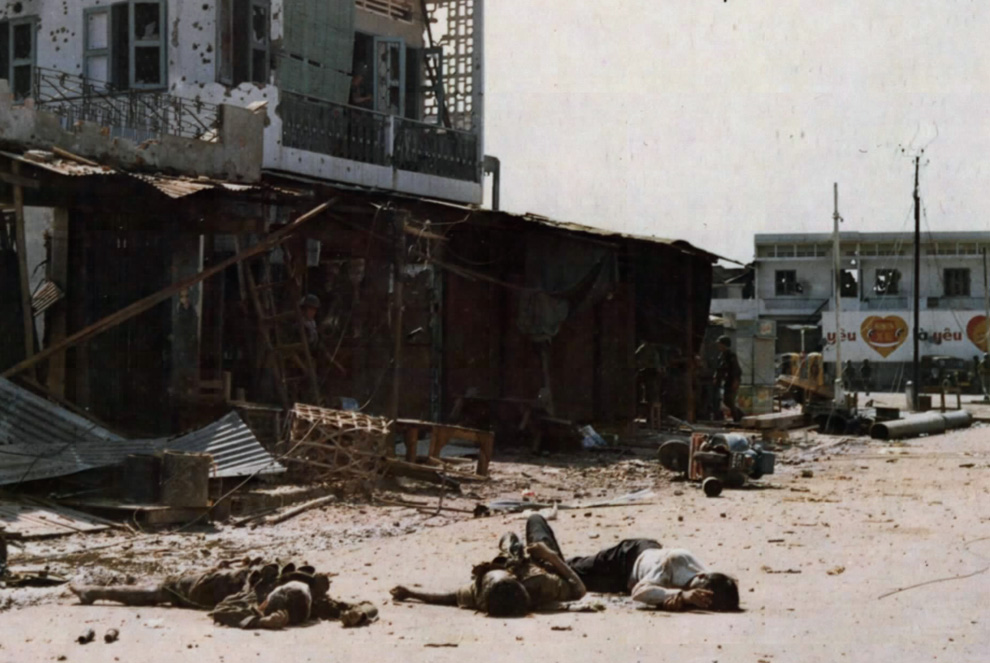
On May 7th, 1968, near Tan Son Nhut Airbase outside Saigon, Vietnam, the bodies of three North Vietnamese Army (NVA) soldiers lie in the street just off Plantation Road in an area which was devastated by air strikes and fires during a battle in and around the Old French Cemetery. (US Department of Defense/SP5 J.F. Fitzpatrick, Jr., 69th Sig Bn (A)) #
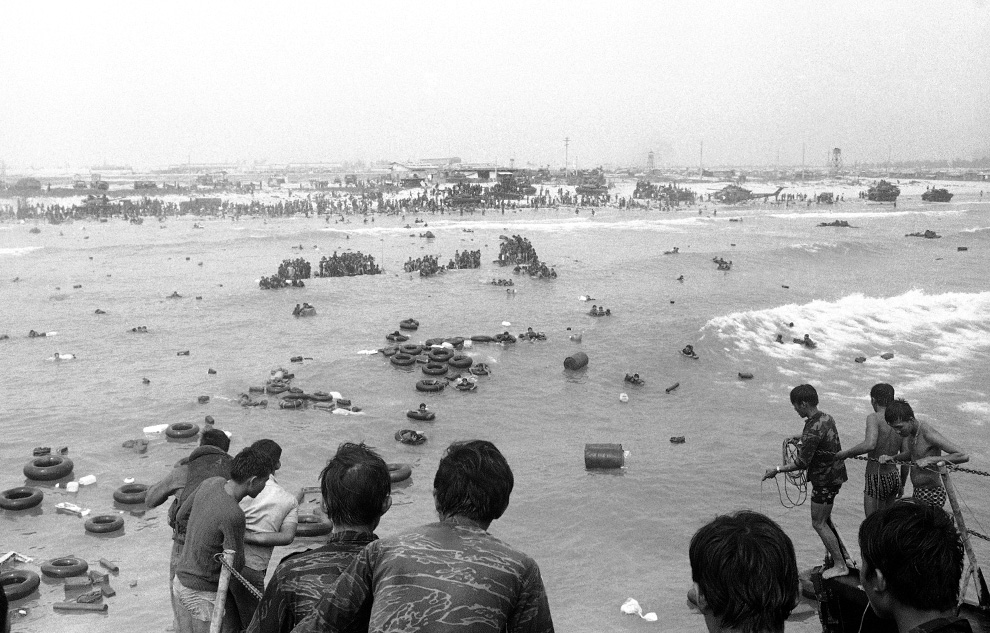
South Vietnamese marines line beaches and swim out to ships, fleeing from the northern port city of Da Nang on March 29, 1975 before its fall to the Viet Cong and north Vietnamese. This picture was taken as some marines successfully fled, abandoning scores of weapons, vehicles and even a helicopter. In the foreground, men on LSTs (Landing Ship, Tank) prepare to throw rope to marines coming up on inner tubes. Only a fraction of the city's 100,000 defenders were evacuated before its fall. (AP Photo) #
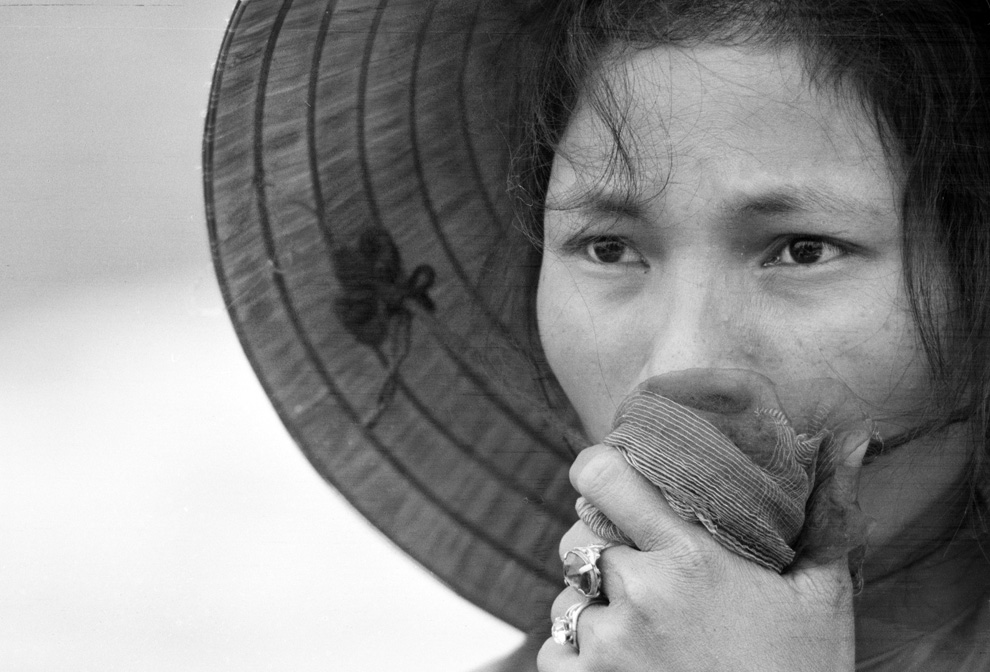
A young South Vietnamese woman covers her mouth as she stares into a mass grave where victims of a reported Viet Cong massacre were being exhumed near Dien Bai village, east of Hue, in April 1969. The woman's husband, father and brother had been missing since the Tet Offensive, and were feared to be among those killed by Communist forces. (AP Photo/Horst Faas) #
